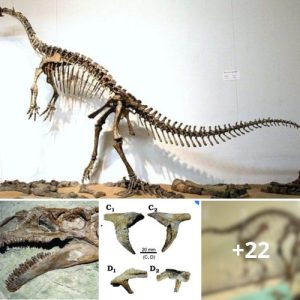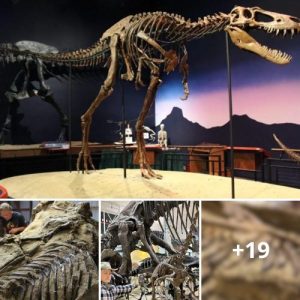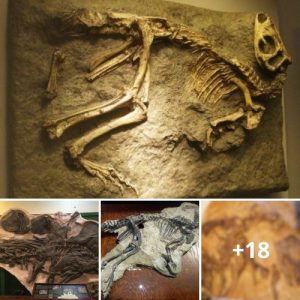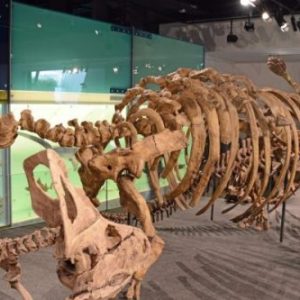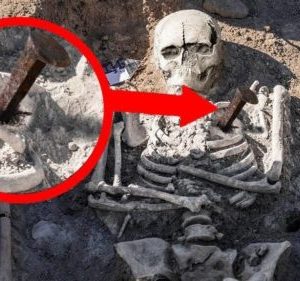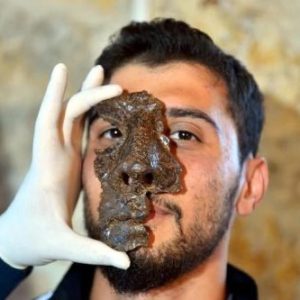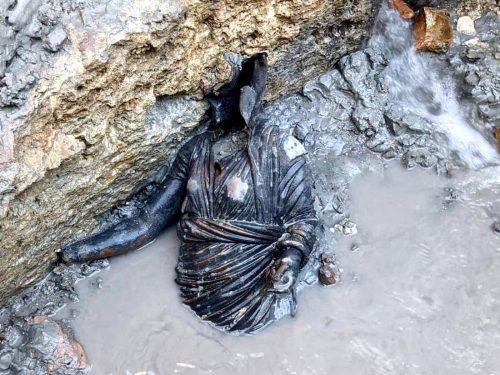
Archaeologists have embarked on an extraordinary journey through time as they excavate ancient thermal baths just outside the picturesque town of Siena, Italy. This ongoing excavation, which commenced in 2019, recently yielded an astonishing revelation.
Emerging from the depths of mud and water, fragment by fragment, were remarkable artifacts that have rewritten the history books. Among these treasures are 24 impeccably preserved bronze statues dating back approximately 2,300 years, alongside a treasure trove of thousands of coins and other invaluable relics.
A Groundbreaking Discovery
Located in San Casciano dei Bagni, a quaint hilltop town renowned for its thermal baths in the Siena province, this archaeological find is nothing short of groundbreaking.
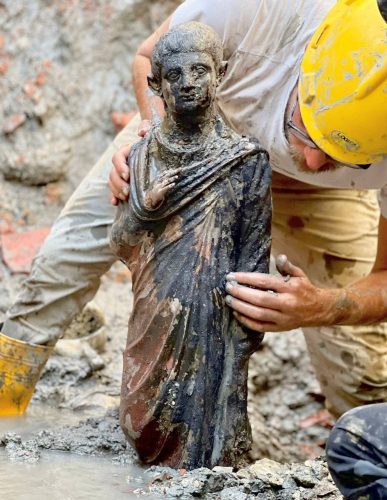
Eminent experts in the field assert that this discovery is “the largest deposit of bronze statues of the Etruscan and Roman age ever discovered in Italy and one of the most significant in the whole Mediterranean,” as stated by Jacopo Tabolli, the excavation leader and a historian at the University for Foreigners in Siena.
A Journey through Time
The statues in question hail from the transitional period between the second century B.C.E. and the first century C.E. – a tumultuous era in Tuscan history marked by the shift from Etruscan to Roman rule. San Casciano dei Bagni bore witness to fierce battles during this transition, as Romans sought to assert their dominance over the region.
In the aftermath of their victory, the Romans embarked on a concentrated campaign to reshape and diminish Etruscan culture, often resorting to the destruction or burial of historical artifacts.
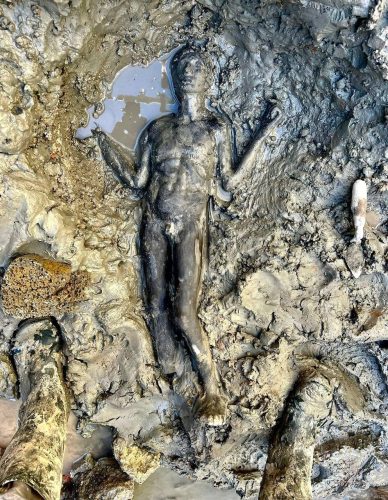
Among the bronze statues, observers can identify likenesses of deities such as Hygieia and Apollo, representing the Greco-Roman pantheon. Some of these statues bear inscriptions in both Latin and Etruscan, featuring the names of prominent Etruscan families.
This remarkable revelation adds an entirely new dimension to the region’s history, suggesting a coexistence and shared spirituality between Etruscans and Romans that was previously unknown.
The Mysteries of Immersion
While the exact purpose behind submerging these statues in thermal waters remains a mystery, experts are certain that the unique properties of these waters played a pivotal role in their exceptional preservation.
The mud in these waters creates an oxygen-free environment, effectively protecting the bronzes from the ravages of time, including bacterial decay.
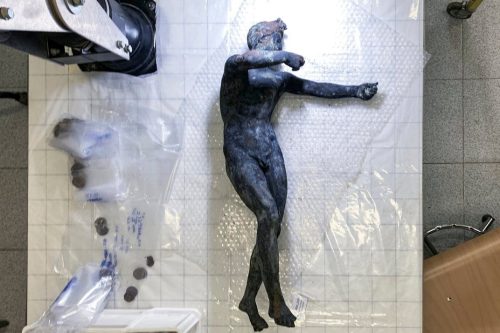
Helga Maiorano, an archaeologist at the University of Pisa, notes that the preservation conditions in these thermal waters are exceptional.
This aquatic sanctuary has allowed these bronze relics to defy the ages, preserving intricate details and historical significance that would have otherwise been lost to time.
A Glimpse into the Past
Among the multitude of statues discovered, one in particular has captured the imagination of archaeologists. It is a female statue, adorned with intricate jewelry, including necklaces and earrings, offering a vivid glimpse into the lives of women in antiquity.
This detailed representation serves as a testament to the craftsmanship and artistic prowess of the time, shedding light on the standards of beauty and adornment during that era.
The End of an Era
The thermal baths in this region continued to be used until the fifth century C.E. when new Christian regulations led to the prohibition of public bathing practices.
This marked the end of an era that had spanned millennia, leaving behind a wealth of historical artifacts now being uncovered by dedicated archaeologists.
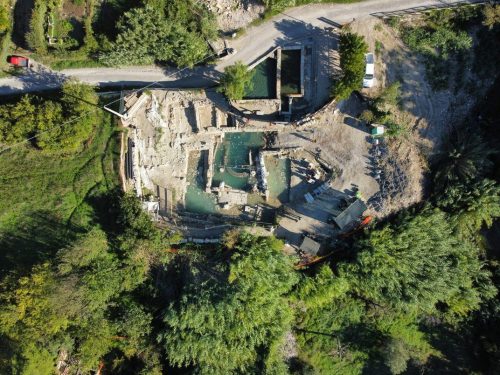
Preserving the Legacy
The statues and other remarkable discoveries have been transported to a restoration laboratory in the nearby town of Grosseto. Here, experts will meticulously work to ensure their continued preservation.
Ultimately, these priceless treasures will find their permanent home in a new museum set to open in San Casciano, allowing future generations to marvel at the remarkable history unveiled by this extraordinary archaeological discovery.
In conclusion, the unearthing of these bronze statues in the thermal baths of San Casciano dei Bagni is a testament to the enduring allure of archaeology.
This remarkable discovery not only redefines our understanding of ancient art but also offers a unique glimpse into the shared cultural heritage of Etruscans and Romans, all while highlighting the pivotal role of natural preservation in unraveling the mysteries of the past.
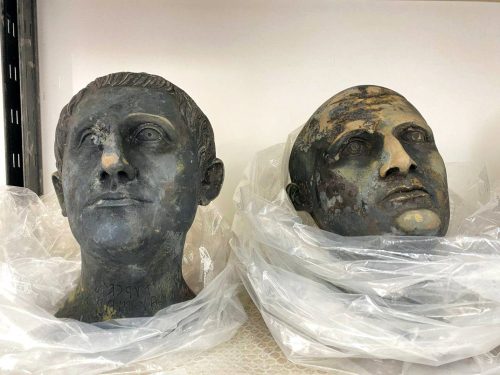
As these statues find their way into a new museum, they serve as a reminder of the ever-present connection between the past and the present, enriching our appreciation of history and culture.

